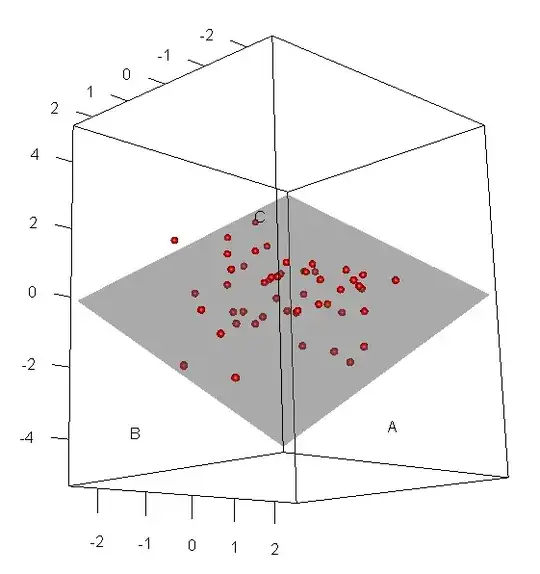Figure link: https://people.cs.pitt.edu/~milos/courses/cs3750-Fall2014/lectures/class9.pdf
In process of PCA, we either decompose covariance matrix, or do SVD on X.
$$ C = \frac{1}{n-1} X^T X = \frac{1}{n-1} P \Lambda P^T $$
$$ X = U \Sigma V^T \to X^T X = V \Sigma^2 V^T $$
However, how do you prove P=V? Here we cannot say the eigenvalues are distinct (ie, multiplicity of eigenvalues), so the real symmetric matrix decomposition may not be unique.
I think here we cannot prove it true.
Instead, what we can say is, given
$$ X = U \Sigma V^T \to X^T X = V \Sigma^2 V^T $$
there exists one $P$ and one $\Lambda$, such that
$$ X^T X = \frac{1}{n-1} P \Lambda P^T $$
In fact, here, P should be V, and $\Lambda$ should be $(n-1)\Sigma^2$.
Am I correct?
